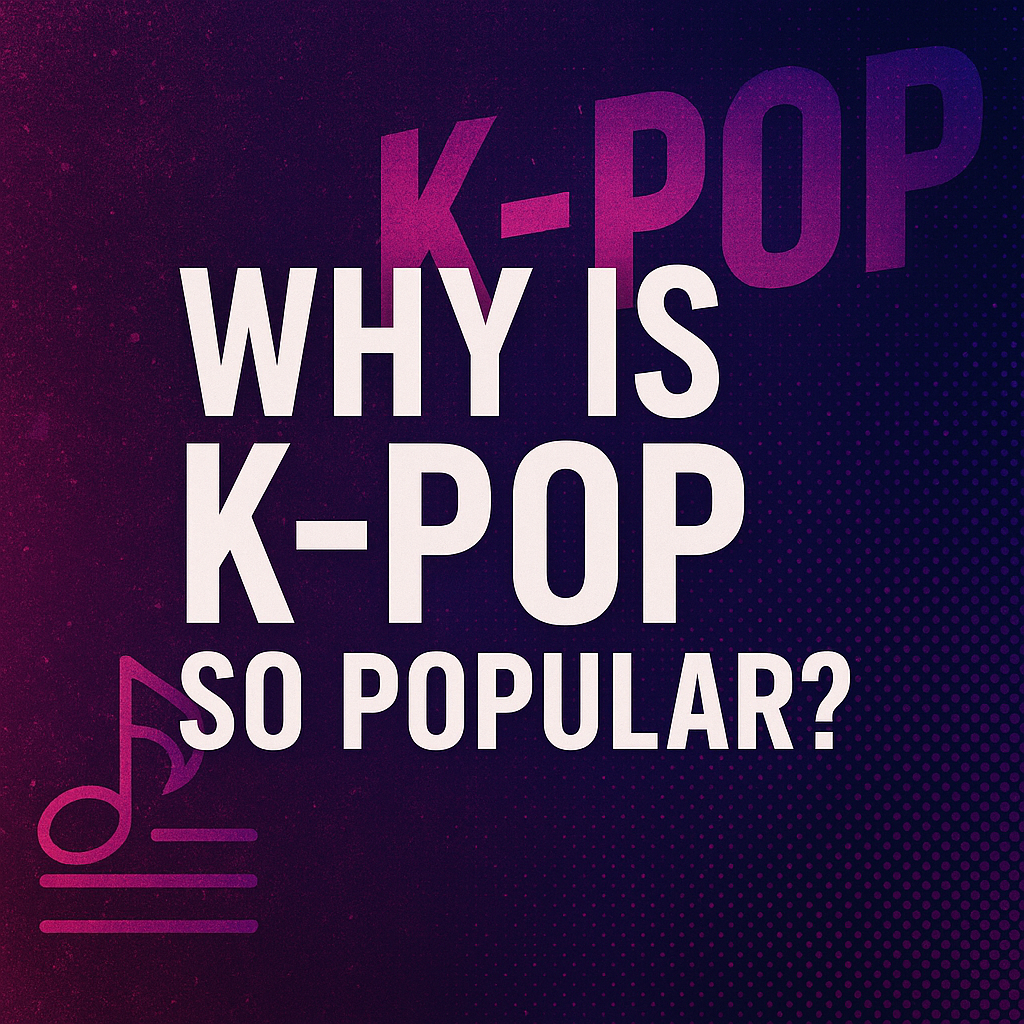Why Is K-pop So Popular? Exploring the Global Phenomenon
Over the last decade, K-pop—short for Korean pop music—has surged into a global cultural powerhouse. From BTS filling stadiums around the world to BLACKPINK headlining international music festivals, K-pop has become a dominant force in the entertainment industry. But what exactly makes K-pop so popular worldwide? This blog dives deep into the unique features, marketing strategies, and fan culture that fuel the genre’s explosive global appeal.
High-Quality Production and Visual Appeal
One major factor behind K-pop’s popularity is its exceptional production quality. Music videos are cinematic, with vibrant visuals, intricate choreography, and trend-setting fashion. Songs are a polished blend of genres—pop, hip-hop, EDM, and R&B—crafted by teams of top-tier producers. This level of professionalism makes K-pop tracks catchy and memorable, attracting both casual listeners and dedicated fans.
Idol Training and Charismatic Performers
K-pop idols undergo years of rigorous training in singing, dancing, language, and media handling. The result is multitalented performers with impeccable stage presence and charm. This intense preparation creates polished artists who can captivate audiences not just with their music but with their personalities and visuals.
Engaging Fan Culture and Global Community
K-pop fandoms—like ARMY for BTS or BLINK for BLACKPINK—are global communities united by passion. Fans actively participate in streaming parties, fan art, dance covers, and social media trends. The deep fan-idol interaction through vlogs, livestreams, and fan events strengthens loyalty and builds a sense of belonging. This dynamic helps amplify K-pop’s reach and keeps engagement high.
Social Media and Global Accessibility
K-pop’s rise is deeply tied to the strategic use of social media platforms like YouTube, TikTok, Instagram, and Twitter. These platforms allow fans worldwide to discover, share, and support their favorite groups instantly. The genre’s openness to non-Korean audiences—via subtitles, translations, and multilingual content—makes it more accessible than many local music scenes.
Cultural Fusion and Innovation
K-pop is known for blending traditional Korean culture with modern global trends. This fusion of East and West makes it relatable yet fresh. K-pop also constantly innovates with experimental concepts, futuristic themes, and storytelling albums, keeping fans excited and curious about what’s next.
Fashion, Aesthetics, and Trends
The influence of K-pop extends beyond music into fashion, beauty, and lifestyle. Idols often set new trends with their clothing, hairstyles, and makeup. Fans frequently emulate these looks, fueling global interest in Korean fashion and beauty products. This trend-setting power contributes significantly to K-pop’s cultural dominance.
Conclusion
K-pop’s unprecedented global success is the result of talent, strategy, innovation, and passionate community. Its unique blend of polished performances, interactive fan culture, and global inclusivity continues to break cultural barriers and win hearts around the world. As more people embrace this vibrant genre, K-pop is poised to remain a defining force in global pop culture.
From Seoul to São Paulo, from Tokyo to Toronto—K-pop is not just music; it’s a movement.



